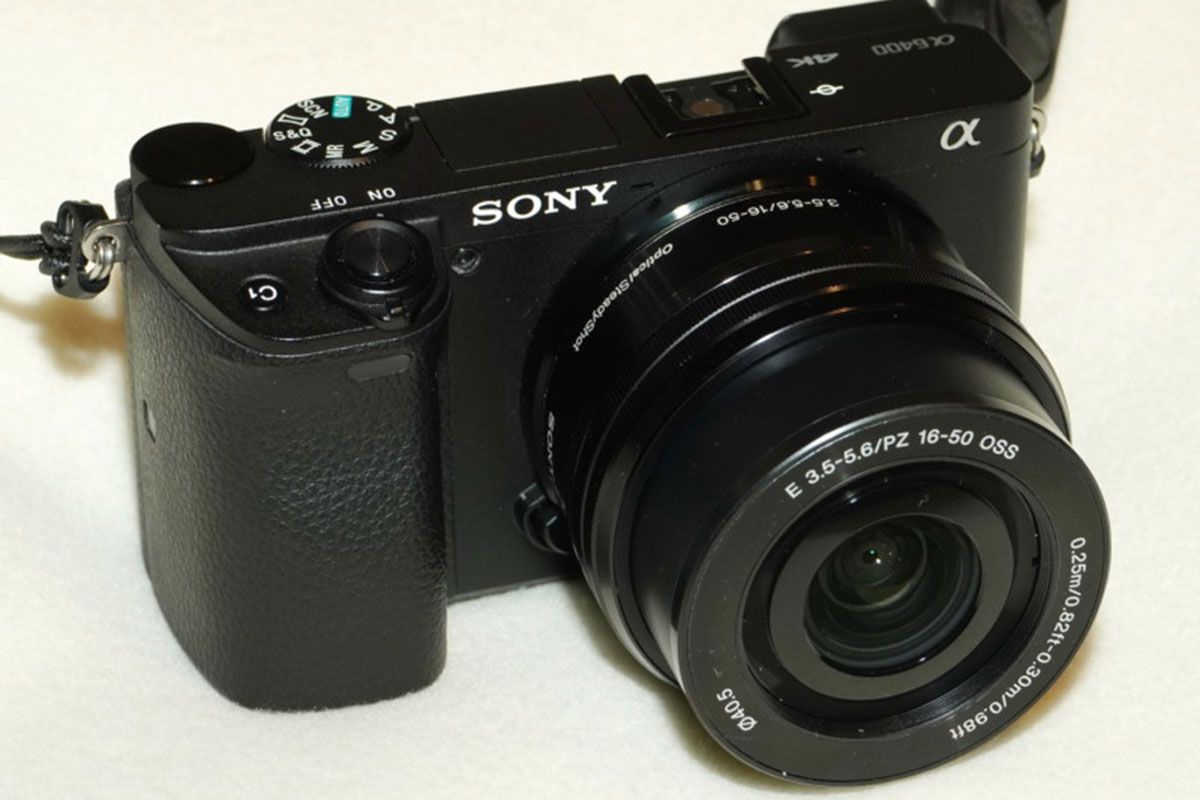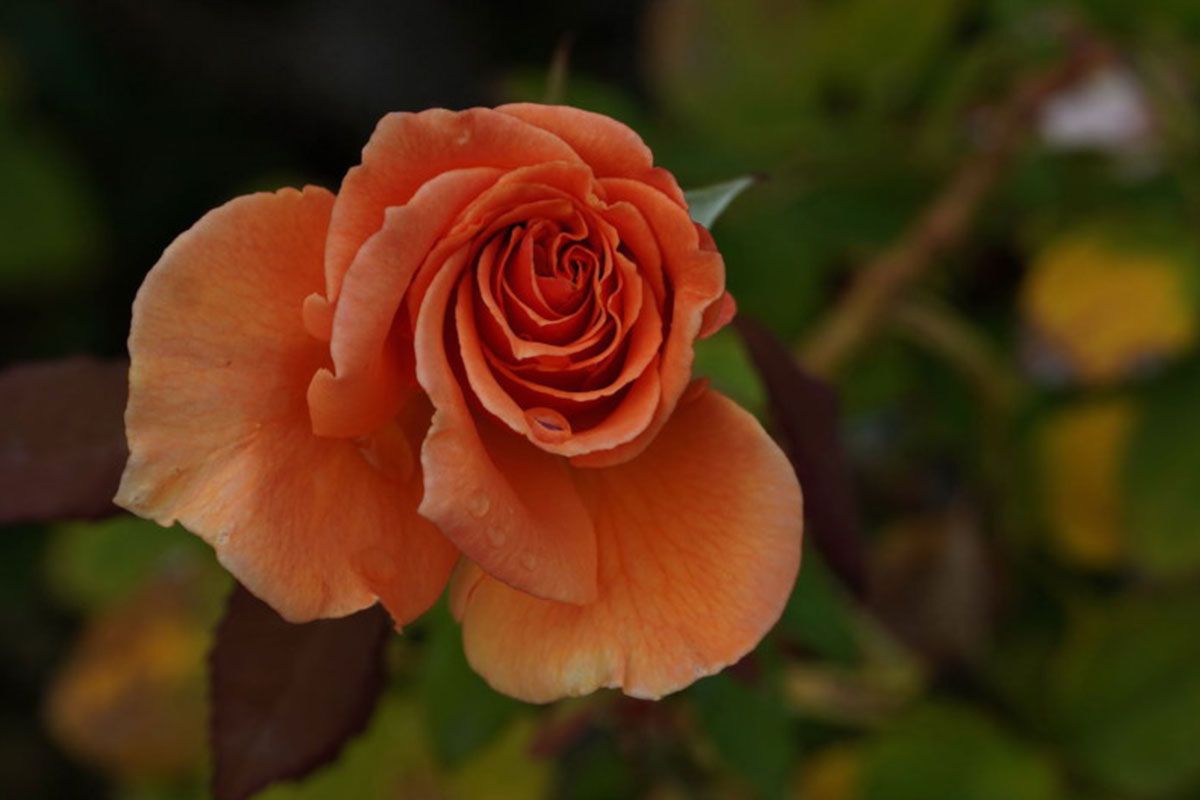In praise of cheap lenses

A few years ago, the imaging process took a long time, and applying various settings to analog cameras and seeing the result after printing was a difficult process. At that time, there were photographers who always tried to capture the best images. Now that digital cameras have arrived, the shooting process has become shorter; But capturing attractive images is still not an easy task.
According to Petapixel, Philip Rio writes on his website that he has two hobbies: photography and working with photographic equipment, and the two rarely intersect. There are other people who, in addition to photography, are interested in experimenting with different lenses. From a professional point of view, these two hobbies are different from each other.
Alan Adler is one of the photographers who is interested in examining different camera lenses. He currently lives in California and has been photographing for about 60 years and has patented about 40 inventions. He recently published an article entitled “In Praise of Cheap Lenses”. Here is what he wrote about why he wrote this:
My interest in working with different lenses has led me to discover that inexpensive lenses work well at smaller apertures; Lenses that I usually choose for depth of field.
I enjoy carrying the Sony a6400 on my daily walks with my smallest lens (16-50mm). This lens weighs only 117 grams and is very flat. Writers who write about photography often tell you to skip these cheap lenses and use “real lenses”; But in my tests, the performance of this lens at f / 5.6 aperture matched that of the best 35mm Zeiss .

In the following, you will read Adler comparisons between cheap lenses and other options available in the market.
Zoom and prime lenses
When zoom lenses were first introduced, a number of photographers still did not trust them and used Prime. However, over time, these lenses improved; For this reason, they were able to attract more people. The sharpness of their captured images was often equal to that of prime lenses, and in some cases even better; Especially when shooting with a small aperture.

At wider apertures, inexpensive lenses provide sharper focus in the center of the image. This feature may be reduced outside the center and the image may be softened; But when the photographer uses a large aperture lens, he intends to blur clearly in the middle of the image and around it. Of course, the aforesaid formulas may force some people to center their subject; But the author of this article states that in order to capture the best image, he always puts the subject in the center when using such a lens.






